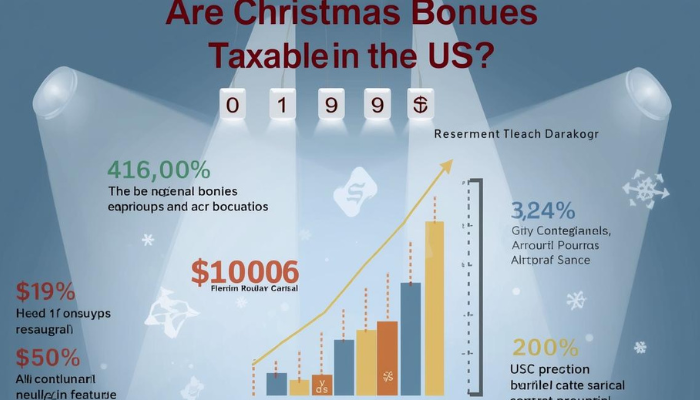
What is the Meaning of Deferred Tax?
Are you searching for ‘What is the meaning of deferred tax?’. You’re at the right place to learn about deferred tax!
An entry on a business’s balance sheet representing taxes that are due but not yet payable is called a deferred tax liability. This obligation results from a scheduling discrepancy between the tax’s accrual and payment dates.
For example, a business could record taxable income from an installment sale on a given date. However, the associated tax payment might not be needed until later. L&Y Tax Advisor explains ‘What is the meaning of deferred tax?’ by plotting understandable examples.
Accounting Rules
A future tax liability that a business must pay is represented by the deferred tax liability on its balance sheet. It is calculated by multiplying the following:
- The company’s expected tax rate
- Difference between its taxable income and accounting earnings before taxes.
The amount a business has essentially ‘underpaid’ in taxes that will need to be paid later is reflected in its deferred tax obligation. The fact that this acknowledges a payment obligation that has not yet reached its due date does not imply that the corporation has forgotten its tax duties.
For instance, a business records a corporation’s tax cost for a given fiscal year if it turns a profit. However, the tax payment could not be needed until the subsequent fiscal year. This scheduling issue is resolved by recording the tax charge as a deferred tax liability.
Get your VAT number here!
Is Deferred Tax Liability a Good or Bad Thing?
Taxes that have been paid but not resolved are represented by the term ‘deferred tax liability.’ It acts as a reserve for an anticipated future expenditure, which may affect a business’s cash flow by lowering the amount of money available for ongoing operations.
Tax payments are the sole purpose of the funds allotted for deferred tax liabilities. It could be difficult for a business to pay its taxes if it uses these revenues for other reasons.
Get the best tax consultant career tips.
What Is an Example of Deferred Tax Liability?
An installment sale is a typical example of a delayed tax burden. According to accounting regulations, the entire income is recorded immediately when a business sells its goods on credit.
However, income recognition is only required under tax legislation at the time of payment receipt. This results in a short-term difference between taxable income and accounting earnings, which causes a deferred tax liability to be recognized.
Read: How to write a property tax appeal letter?
How Is Deferred Tax Liability Calculated?
Imagine a situation where a business offers a piece of furniture for $1,000, with monthly payments due and a 20% sales tax. The client consents to make two equal payments of $500 each.
The whole $1,000 sale price is noted in the business’s financial documents. Nonetheless, income is $500 annually for tax purposes for two years. Then, the deferred tax liability would be $500 x 20% = $100.
Read about industry accounting.
The Bottom Line
Now you know ‘What is the meaning of deferred tax?’!
A business that recognizes due taxes but does not pay them does not pay them has a deferred tax liability. This liability is computed as the difference between taxable income and accounting earnings before taxes multiplied by the company’s tax rate. Variations in depreciation procedures and installment sales are typical examples of deferred tax obligations.
Get the best tax consultancy services in the US!


